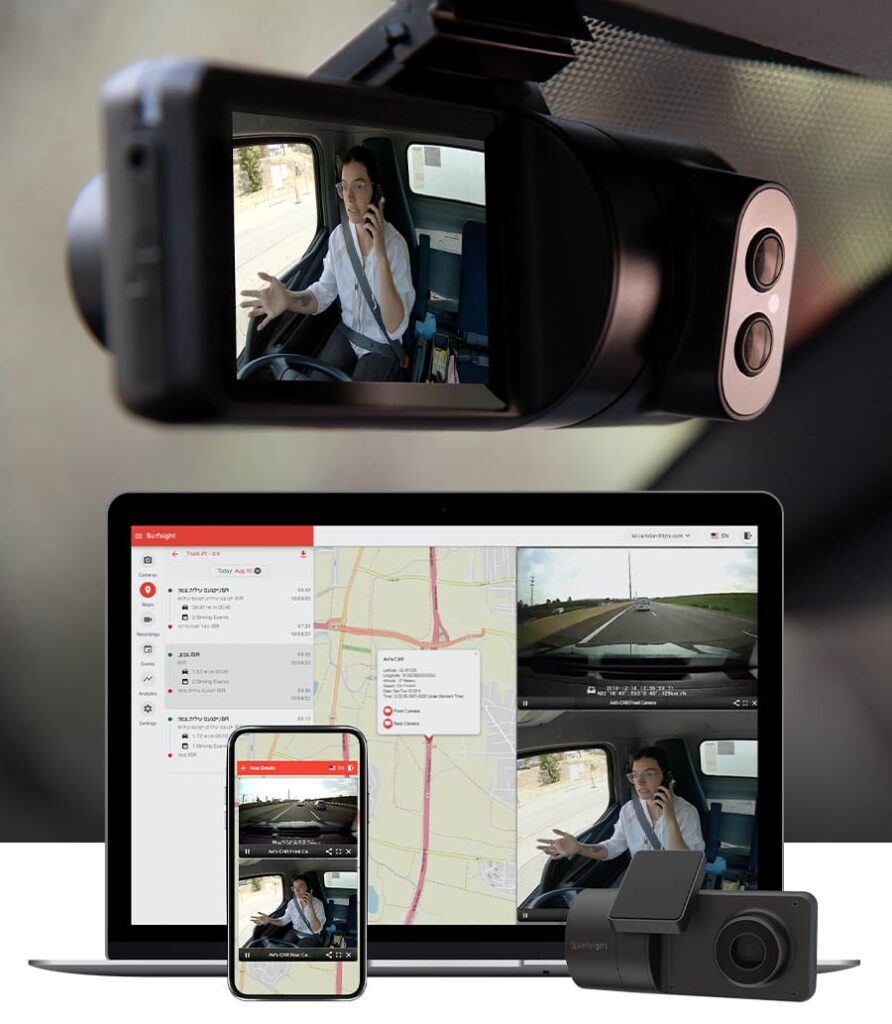 Video telematics is a combination of video technology and telematics data. It involves the use of cameras mounted in vehicles to capture video footage in real-time. This is then transmitted to a cloud-based platform for analysis. The telematics data that is gathered alongside the video footage provides additional context and insights into driver behavior, vehicle performance, and overall fleet operations. Keep reading to find out more about how this technology is benefiting fleets.
Video telematics is a combination of video technology and telematics data. It involves the use of cameras mounted in vehicles to capture video footage in real-time. This is then transmitted to a cloud-based platform for analysis. The telematics data that is gathered alongside the video footage provides additional context and insights into driver behavior, vehicle performance, and overall fleet operations. Keep reading to find out more about how this technology is benefiting fleets.
Preventing Accidents
The ability to prevent accidents is one of the key benefits of video telematics. By using a system such as Lytx and analyzing the video footage and telematics data, fleet managers can better identify risky driving behaviors like speeding, harsh braking, and distracted driving. This makes it easier for them to quickly take proactive measures to address these behaviors before they lead to accidents.
For example, if a driver is consistently driving above the speed limit or following other vehicles too closely, increasing their risk and the risk of others around them, fleet managers can provide the driver in question with targeted training and coaching to help them improve their driving behavior and skills. Not only will this reduce the risk of accidents, but it can also improve fuel efficiency and reduce wear and tear on the vehicle, ultimately helping the business save money.
Reducing Costs
On the topic of cost savings, video telematics can also help fleets reduce operational costs overall. Monitoring driver behavior and vehicle performance gives fleet managers the opportunity to identify inefficiencies and areas for improvement. For example, they may discover that certain routes are more fuel-efficient than others, or that some drivers are more efficient than others.
Fleet managers can then use this information to optimize routes and schedules, assign drivers more efficiently, and make various changes that lead to saving money. Plus, by preventing accidents and reducing wear and tear on vehicles, they can also bring down the cost of maintenance and insurance premiums.
Implementing Video Telematics
If you want to implement video telematics in your fleet, the first step is to choose a video telematics provider that meets your needs. It’s worth looking for a provider that offers a cloud-based platform for storing and analyzing telematics data and video footage along with tools for coaching and training drivers.
The next step involves installing cameras in your vehicles. There are several camera options available, from single-facing cameras that capture footage of the road ahead to multi-facing cameras that capture footage of the driver and passengers too. Pick a camera setup that works best for your fleet.
Finally, provide drivers with coaching and training once the cameras are installed and the system is set up. You should train them not only on how to use the system, but how to use any insights gained from the footage and data to identify areas for improvement and provide targeted training designed to help drivers improve their behavior.
Video telematics is a very powerful tool for preventing accidents and reducing fleet costs. By analyzing video footage and telematics data, fleet managers can identify risky behaviors, optimize schedules and routes, and make cost-saving changes.








